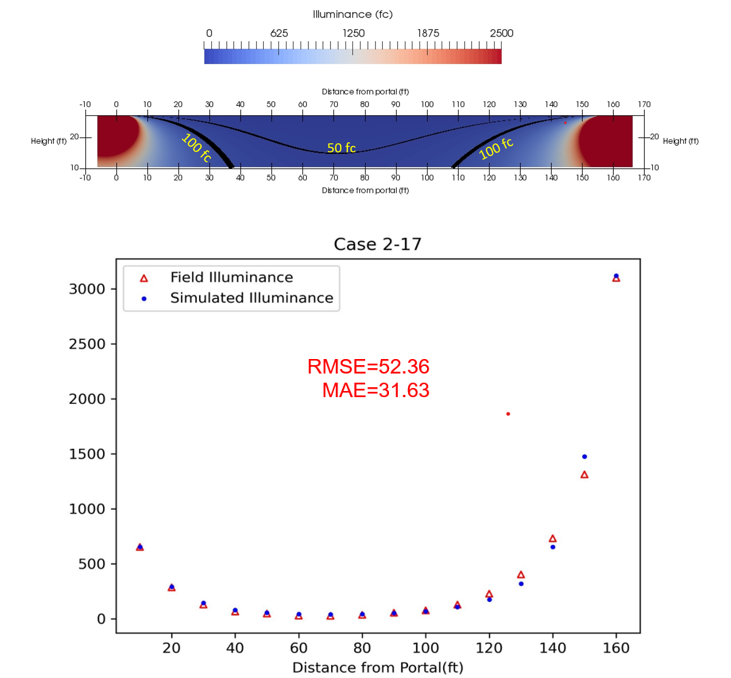Research
While my specialization is in Water Resources more specifically in Hydraulics and Computational Fluid Dynamics(CFD), I have since branched out to IoT and development of Digital Twin systems. Through these specialty I have been fortunate to be involved in several multidisciplinary projects in different areas. Below are some of the projects conducted within the Hydrodynamics and Systems Laboratory:
Biofluid mechanics
Flamingo, a non-migratory bird is a unique bird primarily due to its physical features such as its beak shape and its feeding behavior. In collaboration with University of California Berkeley, Georgia Institute of Technology, Kennesaw State University and Nashville Zoo, this research study aims to study how flamingo uses mechanisms which capitalizes on hydrodynamics, vortices and coherent structures to improve their feeding efficiency. Our research group simulated Flamingo’s surface skimming behavior which encourages food particles to be directed to the tip of the beak for harvesting. This behavior also produces the trailing von Kármán vortices also typically seen in low Reynolds Number flow past obstructions.
Another very peculiar behavior of feeding flamingo is the stomping of the feet. CFD simulation shows that the stomping of the feet produces vortical structures. The geometry of the feet which is asymmetry help trap prey in a designated location to improve food intake. This study was recently published in the Proceeding of the National Academy of Science(PNAS).
V.M. Ortega-Jimenez, T. Yee, P. Rohilla, B. Seleb, J. Belair, & S. Bhamla, Flamingos use their L-shaped beak and morphing feet to induce vortical traps for prey capture, Proc. Natl. Acad. Sci. U.S.A. 122 (21) e2503495122, https://doi.org/10.1073/pnas.2503495122 (2025).
Transportation & Light Penetration in short tunnels
Another Interesting project that the Hydrodynamics and Systems laboratory has conducted is in numerical simulation of light penetration into short tunnels. In most cases, short tunnels (between 50-400ft) are considered to be sufficiently lit, however this preconception about short tunnels is not true. Guideline to lighting requirements for short tunnels does not directly address lighting requirements for short tunnels. Because of this reason, warrant conditions for artificial lighting for short tunnels is weak. In this project, our research team along with our collaborators from University of Georgia and Wi-Skies LLC, developed the theoretical and numerical model using OpenFOAM© to simulate and visualize light penetration into short tunnels. The numerical model can be used to make observations regarding the illuminance within a short tunnel. Comparisons were also made to field observations and measurements. This work resulted in an accepted publication in the Journal of Traffic and Transportation Engineering.

Since this work is still ongoing, more advancement will be made in this area in the near future.
“Quantifying Light Penetration in Short Tunnels: Development and Validation of a Numerical Model”, T. Yee, J. J. Yang, S. Ma, J. D. Marsh, Journal of Traffic and Transportation Engineering, 2025 (In-press).
Remote Bridge Monitoring
Scour is an undesirable yet often unavoidable issue for most bridges spanning waterways. Conventional countermeasures may not always be effective and might fail to prevent future scour. As a result, monitoring serves as a proactive approach to evaluate bridge health and provide informed insights into the extent of scour activity. Our research team along with our collaborator from University of Georgia proposed using a combination of cost-efficient sensors to monitor for scour activity. The system will be about to provide real-time data on bridge health remotely. Furthermore, a backend machine learning algorithm will allow of quick assessment of the data to provide timely warnings to the Georgia Department of Transportation.









